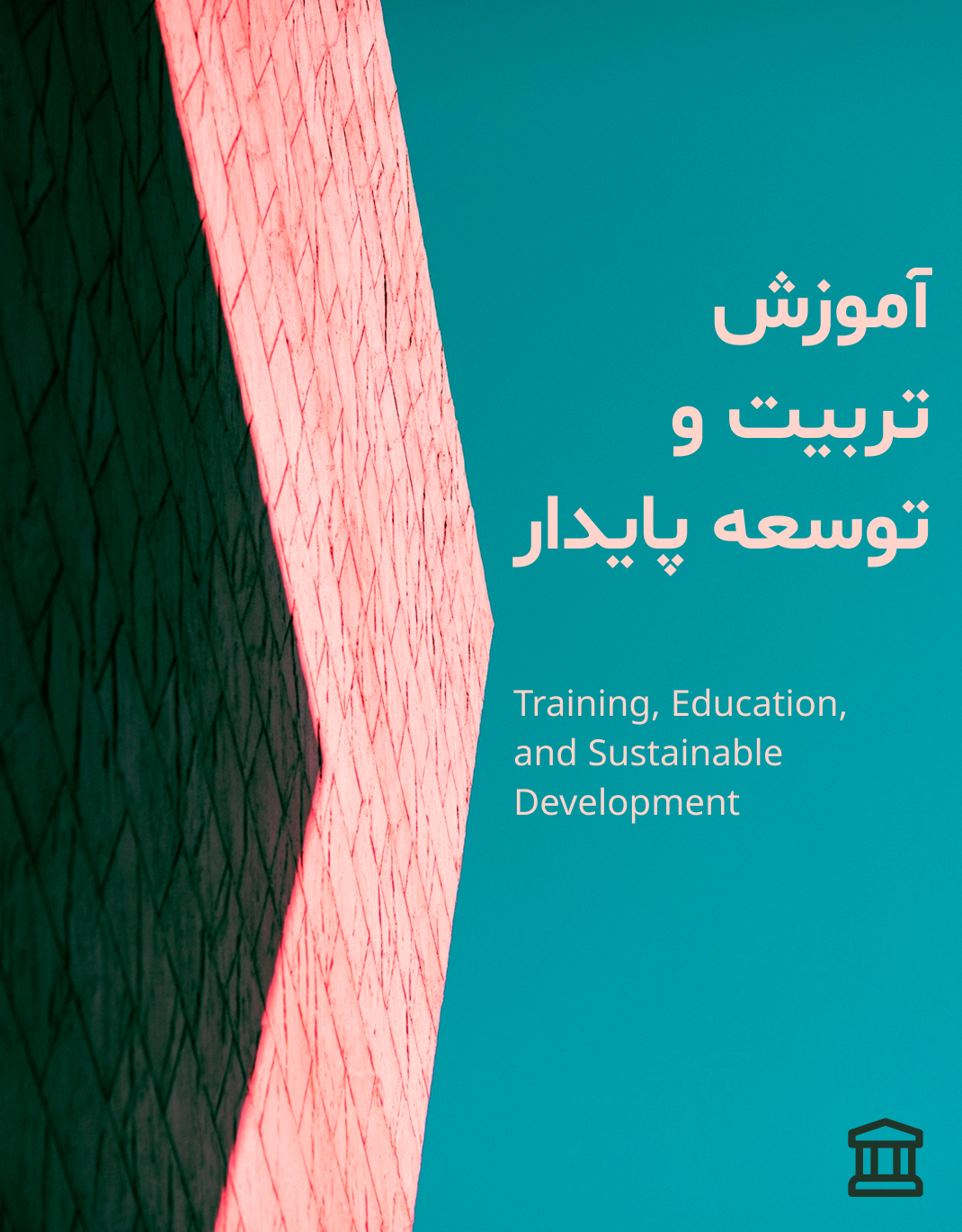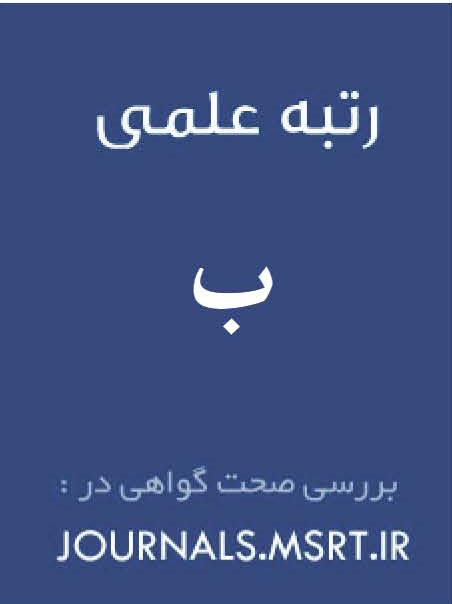A Comparative Study of the Fundamental Challenges of Human Resource Management in Public and Private Banks of West Azerbaijan Province and Presentation of an Appropriate Model
Keywords:
Human resource management, human resource management challenges, banking industryAbstract
This study aims to identify and analyze the fundamental challenges of human resource management (HRM) in public and private banks of West Azerbaijan Province and to propose an appropriate model for improving HR productivity in the banking sector. This qualitative and applied research was conducted in three phases. In the first phase, an initial conceptual model of HRM challenges was developed through a systematic research synthesis. In the second phase, semi-structured interviews were conducted with 19 managers and employees of public and private banks in West Azerbaijan Province, selected purposefully until theoretical saturation was achieved. In the third phase, the proposed model was validated using expert evaluation through a structured questionnaire. Data were analyzed using open, axial, and selective coding procedures. The findings revealed that HRM challenges in public and private banks can be categorized into three main dimensions: behavioral, structural, and contextual. Behavioral challenges included lack of motivation, job discrimination, and resistance to organizational change. Structural challenges encompassed the absence of meritocracy, ineffective performance evaluation systems, and skill gaps. Contextual challenges were related to economic sanctions, political pressures, and shortages of skilled labor. All three categories of challenges had significant negative effects on employee productivity in both public and private banks. Enhancing HRM in the banking sector requires a comprehensive diagnosis of behavioral, structural, and contextual dimensions. The proposed model provides a strategic framework for improving HR policies, increasing employee productivity, and sustaining organizational efficiency within the banking industry.
Downloads
References
Achi, S. E., & Sleilati, E. (2023). The effect of coaching on employee performance in the human resource management field: the case of the Lebanese banking sector. International Journal of Trade and Global Markets, 9(2), 137-169. https://doi.org/10.1504/IJTGM.2016.076321
Althabhawee, A. A. K., & Saeed, Z. M. H. (2024, March). Digital human resources management and its role in enhancing career agility: A research study that analyzes the viewpoints of a sample of employees at many private banks in the Najaf governorate https://doi.org/10.1063/5.0199664
Asadi Gorji, M. H., Tabari, M., Bagherzadeh, M. R., & Gholipour Kenani, Y. (2020). Strategic alignment of human resource management and organizational structure: A case study of Mazandaran Power Distribution Company. Executive Management Research Journal, 12(23), 239–259. https://jem.journals.umz.ac.ir/article_2925.html
Asmarian, A. (2006). Systematic activities in leadership development with an emphasis on the competency-based approach. Proceedings of the 3rd Conference on Human Resource Development, Tehran. https://civilica.com/doc/21794/
Bahari, B., & Taheri Rouzbahani, M. (2023). Designing an electronic human resources management model based on knowledge creation in knowledge-based companies. Journal of value creating in Business Management, 3(1), 106-121. https://doi.org/10.22034/jvcbm.2023.392785.1082
Bozhko, L., & Naizabekov, A. (2017). Challenges of Securing the Human Resources for Implementation of Industry Innovative Projects in Kazakhstan. Energy Procedia, 128, 406–410. https://doi.org/10.1016/j.egypro.2017.09.046
Divandari, A., Seyed Javadin, S. R., Khodadad Hosseini, S. H., & Estiri, M. (2015). Examining the relationship between human resource management practices with a high-performance work systems approach and market orientation in the banking industry. Public Management Outlook, 24, 35–57. https://jpap.sbu.ac.ir/article_95617.html
Doldi, A., Mozesi, A., & Gurji, M. B. (2023). Designing a human resources improvement model based on cloud computing (case study: Tejarat Bank). Science and Techniques of Information Management. https://doi.org/10.22091/stim.2023.9683.1980
Griep, Y., Hansen, S. D., Kraak, J. M., Sherman, U., & Bankins, S. (2024). Sustainable Human Resource Management: The Good, the Bad, and Making It Work. Organizational Dynamics, 1(1), 1-7. https://doi.org/10.1016/j.orgdyn.2024.101112
Hamilton, R. H., & Sodeman, W. A. (2020). The Questions We Ask: Opportunities and Challenges for Using BIG DATA ANALYTICS to Strategically Manage Human Capital Resources. Business Horizons, 63, 85–95. https://doi.org/10.1016/j.bushor.2019.10.001
Jazani, N. (2009). Strategic human resource planning and the national human resource development plan. Proceedings of the 5th International Conference on Strategic Management, Tehran. https://civilica.com/doc/102909/
Kultalahti, S., & Viitala, R. (2015). Generation Y—Challenging Clients for HRM? Journal of managerial psychology, 30(1), 101. https://www.researchgate.net/publication/273697625_Generation_Y_-_Challenging_clients_for_HRM
Purcell, J. (2003). Strategy and Human Resource Management. Palgrave Macmillan. https://www.researchgate.net/publication/37149236_Strategy_and_Human_Resource_Management
Putrini, N., & Satrya, A. (2023). The Impact of Human Resource Management Practices and Organizational Culture on Organizational Citizenship Behavior in Indonesian Sharia Banks. Al-Intaj Jurnal Ekonomi Dan Perbankan Syariah, 9(2), 147. https://doi.org/10.29300/aij.v9i2.10909
Rahman Seresht, H. (2011). A review of Selznick's institutional theory of organizational structure. Management and Development Process, 40, 1–16. https://ensani.ir/fa/article/283987/
Razmkhah, Y., & Sajadi Khah, G. (2024). Examining the Indicators of Human Resource Management and Social Responsibility on Organizational Legitimacy Factors (Case Study: National Bank Branches in Kohgiluyeh and Boyer-Ahmad Province). New Research Approaches in Management and Accounting Quarterly, 8(28), 1137-1151. https://majournal.ir/index.php/ma/article/view/2316
Sa'adat, E. (2013). Human Resource Management. SAMT Publications.
Shirzad, B., & Barazideh, M. (2016). Assessing the level of human resource productivity in Bank Melli Iran and strategies for its improvement. Educational Management Research, 29, 43–70. https://sanad.iau.ir/Journal/jearq/Article/1113295/FullText
Smith, S. S., Rohr, S. L., & Panton, R. N. (2019). Human Resource Management and Ethical Challenges: Building a Culture for Organization Success. International Journal of Public Leadership, 1–15. https://iranarze.ir/wp-content/uploads/2018/08/E8740-IranArze.pdf
Taha, R., & Taha, N. (2022). The role of human resources management in enhancing the economic sustainability of Jordanian banks. Journal of Business and Socioeconomic Development.
Yahya, A. A., & Zargar, P. (2023). Achieving Corporate Sustainability through Green Human Resource Management: The Role of CSR in the Banking Industry of a Developing Country. Sustainability, 15(14), 10834. https://doi.org/10.3390/su151410834
Zafar, J., Shaukat, M., & Mat, N. (2023). An Analysis of E-Human Resource Management Practices: A Case Study of State Bank of Pakistan. European Journal of Social Sciences, 15(1), 18-26. https://dsgate.uum.edu.my/jspui/handle/123456789/240
Zera'atkar, S., Rajabi Farjad, H., & Naqqashzadeh, S. (2020). Identifying challenges of human resource management in the public sector and its impact on productivity. Human Resource Management Research, 12(4), 197–224. https://ensani.ir/fa/article/445137/
Downloads
Published
Submitted
Revised
Accepted
Issue
Section
License
Copyright (c) 2025 میرحمید ساداتی (نویسنده); غلامرضا رحیمی; فرهاد نژاد ایرانی, محمد علی مجلل (نویسنده)

This work is licensed under a Creative Commons Attribution-NonCommercial 4.0 International License.

